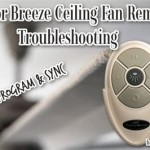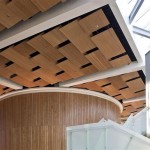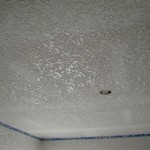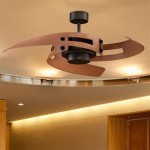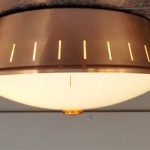HVAC Return Vent in Ceiling: A Comprehensive Guide
HVAC systems rely on a continuous flow of air to effectively heat and cool a building. This air movement is facilitated by two main components: supply vents that distribute conditioned air and return vents that draw in the air for recirculation. While supply vents are typically located on walls or near the ceiling, return vents are commonly placed in the ceiling, offering both practical and aesthetic benefits.
Benefits of Ceiling-Mounted Return Vents
There are several advantages to positioning return vents in the ceiling:
- Enhanced Air Circulation: Ceiling-mounted return vents effectively draw in air from a larger area, improving overall air circulation throughout the space. This ensures that stale or polluted air is removed efficiently, promoting a healthier indoor environment.
- Improved Aesthetics: Return vents in the ceiling tend to be less intrusive than wall-mounted vents, blending more seamlessly into the overall design of the room. They can be discreetly incorporated into the ceiling structure, minimizing their visual impact.
- Reduced Noise Levels: Return vents placed in the ceiling are typically farther away from occupants, minimizing the potential for noise generated by the HVAC system. This contributes to a quieter and more comfortable living or working environment.
- Optimized Airflow Patterns: Ceiling-mounted return vents can strategically influence airflow patterns within a room, ensuring that the air circulates efficiently and effectively removes warm or cold air pockets.
Types of Return Vents for Ceiling Installation
There are various types of return vents designed specifically for installation in ceilings. Common options include:
Considerations for Ceiling Return Vent Installation
Several factors should be considered when installing return vents in the ceiling:
- Location: The placement of return vents should be strategic to ensure optimal air circulation. It is generally recommended to position them away from cold or hot air drafts and in areas with high air movement.
- Size and Capacity: The size and capacity of the return vent should be appropriate for the size of the space and the HVAC system. Professional sizing calculations are essential to ensure proper air flow.
- Accessibility: Return vents should be accessible for cleaning and maintenance. Consider providing a removable access panel or a door that allows for easy access to the vent and ductwork.
- Aesthetics: The choice of return vent design and finish should complement the overall aesthetics of the room. Consideration should be given to the style, color, and material of the vent to achieve a visually appealing and integrated solution.
In conclusion, HVAC return vents in ceilings play a crucial role in optimizing air circulation and enhancing the overall comfort and health of a building. By carefully selecting the appropriate type of vent and considering factors such as location, size, accessibility, and aesthetics, homeowners and building owners can ensure that their HVAC systems function efficiently, delivering fresh air and comfortable temperatures for all occupants.

Why Adding A Return Air Vent Improves Your Home S Comfort Bird Family Insulation

How Many Return Air Vents Do I Need Pv Heating Cooling

Add New Ceiling Return To Existing Hvac System Diy Oliver

Return Air Vent Internachi Forum

Air Vent Ceiling Return Grill Duct For Hvac System

Hvac What Was This Doing On My Return Air Vent And Why Did It Prevent Installation Of A Filter Home Improvement Stack Exchange

The Central Vs Dedicated Return Vent Debate Energy Vanguard

The Hvac System

How To Resolve An Air Conditioner Leaking Water Inside

Where Should Return Air Vents Be Located Angi
Related Posts

